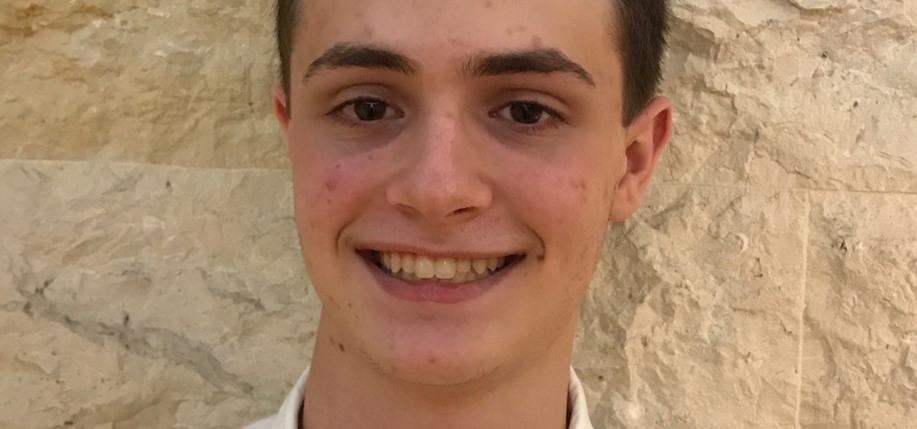Hunter College High School student Benjamin “Benjy” Firester was awarded $25,000 for a unique research project that predicts the patterns of movement of the phytophthora infestans – the mold that brought about Ireland’s Great Hunger in the mid-19th century. Firester competed against 1,800 other students in the Regeneron Science Talent Search with his revolutionary computer model and followed in his sister’s footsteps when he became a finalist in March. (Kalia Firester finished as a runner-up in 2015.)
The program takes data from Israeli farmers, who encounter the infectant regularly, along with regional weather patterns to plot out the disease’s progression and calculate where it will move next. The model is expected to be extremely helpful to potato farmers, who must use pesticides indiscriminately to keep crops from rotting. This innovation will allow them to establish clear targets and have a better understanding of how the microorganism operates. But the practical application of his work was not all that made Firester a finalist: panel chair Sudarshan Chawathe commented, “His use of existing data to make predictions is innovative, and we are impressed by Benjy’s long-term commitment to his research.”
Historically, the blight has caused catastrophic damage. Known as “late blight,” it is aggressive when given free reign, capable of killing an otherwise healthy potato plant within days of the first appearance of lesions. The mold was first encountered in Ireland’s notorious Great Hunger, in which it demolished the central staple of the national diet, starving one million people, and forcing another million to leave their native land. ♦
High School Student Project Can Predict Spread of Potato Blight


Leave a Reply